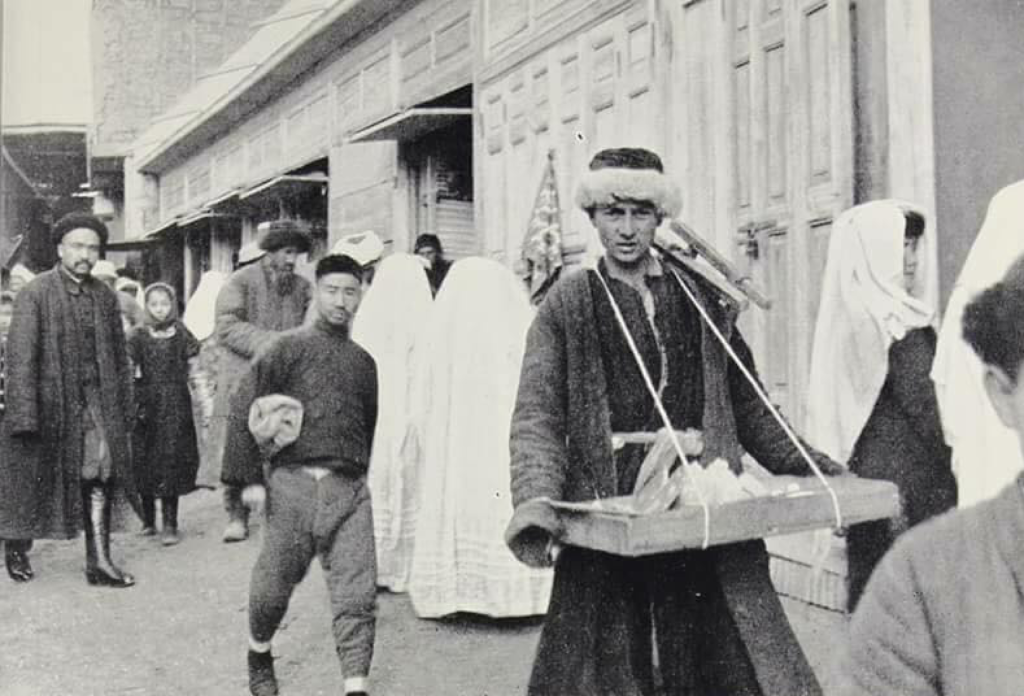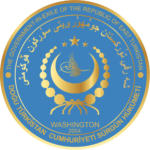KASHGAR EID KAR MOSQUE
people: the turkic muslim
The peoples of East Turkistan, all except the Iranian-speaking Tajiks and Mongols, are Türkic-peoples who speak related Turkic dialects. They comprise the Uyghurs (Uighurs), Qazaqs (Kazakhs), Qirghis (Kyrgyz), Özbegs (Uzbegs), and Tatars.
All of these Turkic peoples and the Tajiks are Muslim. Of the various groups who live in the territory, the above native people accounted for 92 percent of the region’s total population in the 1940s.
As the primarily sedentary agricultural people inhabiting the oases of Tarim Basin and the cultivated lowlands of Ghulja (Ili) region, the most numerous and politically important of these Turkic nationalities of East Turkistan are the Uyghurs. According to statistics of the middle of the 1940s, which is the end of the period defined in this study, the Uyghur population of East Turkistan was about three million (2,988,528).
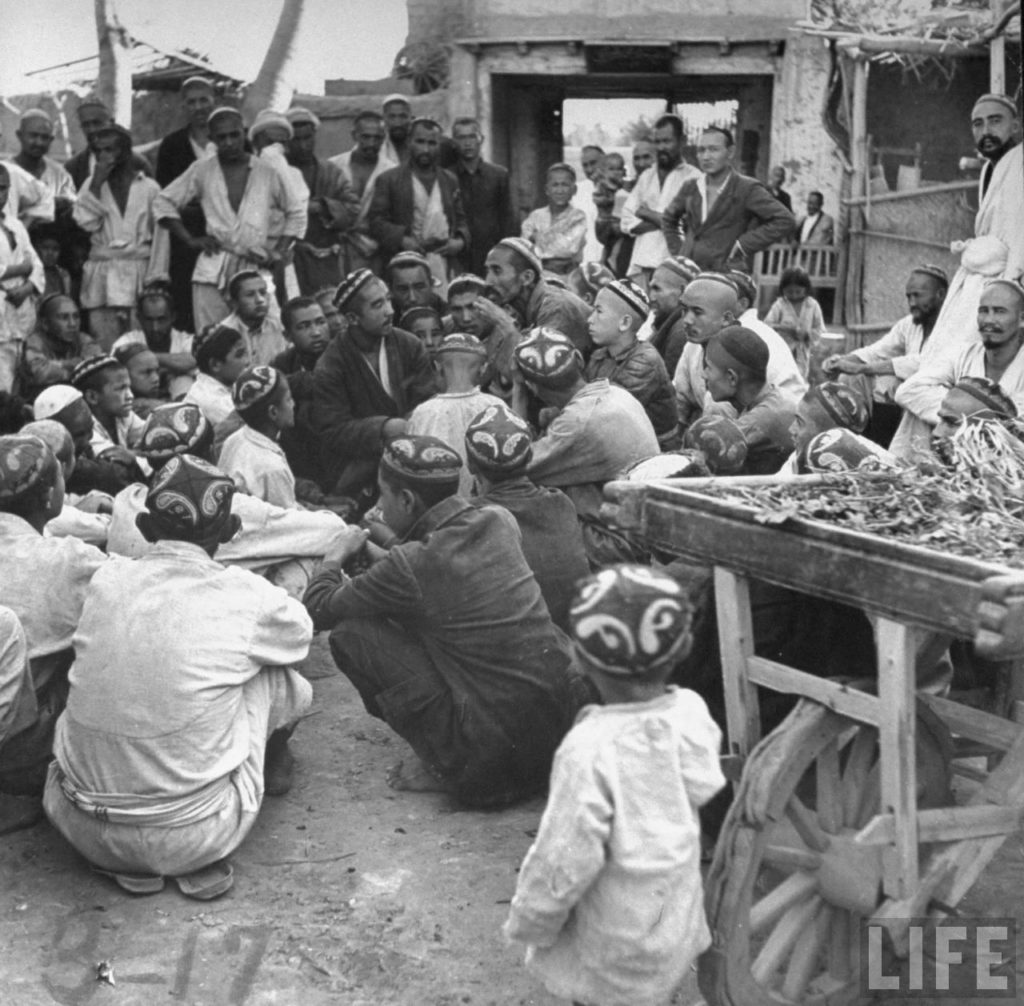
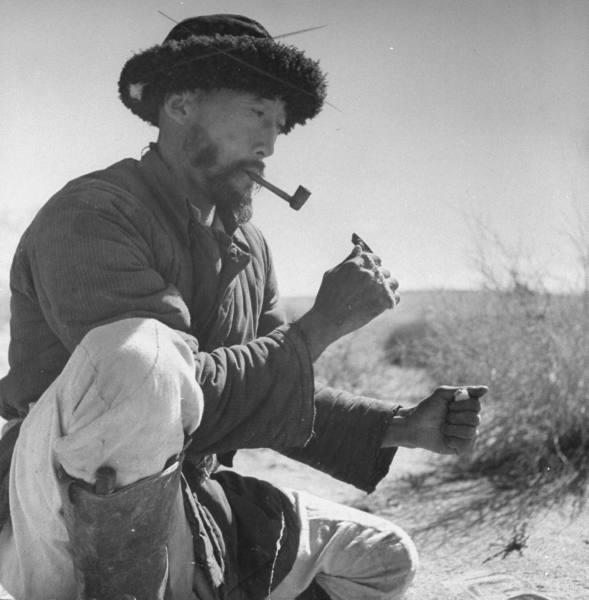
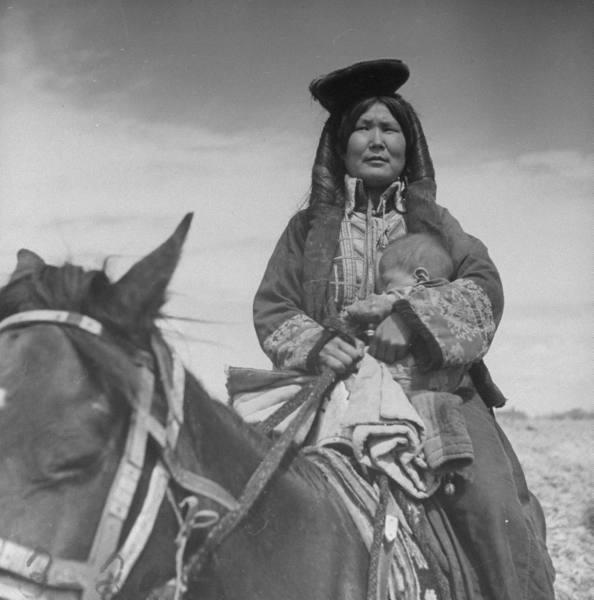
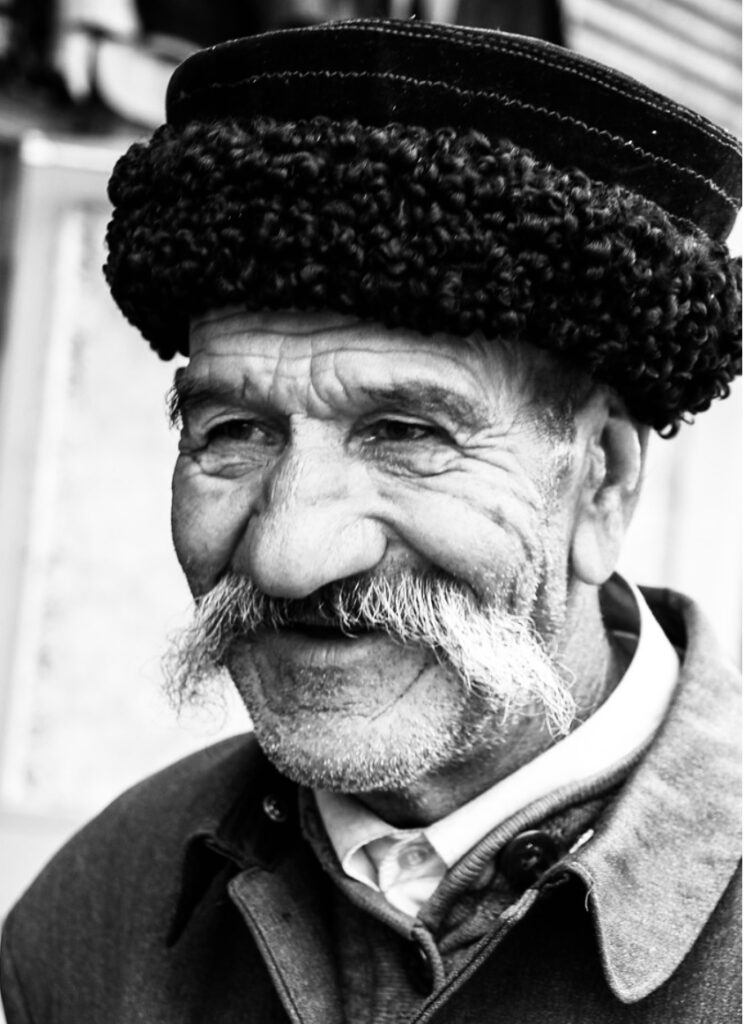
The second largest Turkic national group in East Turkistan was the Qazaqs, numbering 438,575 in 1945, and the third most numerous was the Qirghiz, numbering 69,923 at the same time. Both the Qazaqs and Qirghiz of East Turkistan are nomadic peoples, as the former predominate in the highland regions of Junghariya and the Ili Valley, while the latter inhabit the upland pasture regions of the Tängri Taghliri and Pamir Mountains. In short, as its traditional name implies, East Turkistan is a Turkic land populated primarily by the Turkisc Muslims who can trace their history back to at least the 7th century. Culturally, linguistically, even economically, East Turkistan is tied far more closely to nations which lie to its north and west than to its current overlord, China. The Tajiks inhabit the upland Sarigh Köl (Lake Sarigh) region in the far south-west and numbered 8,210 in 1945; The Uzbeks, mainly urban-based group inhabiting the larger oasis towns and cities of the Tarim Basin numbered 10,224 in 1945; and a still smaller group of Tatars, settled chiefly in Ürümchi and in the towns along the East Turkistan-Soviet frontier, numbered 5,614 during the same period.
WHO ARE THE UYGHURS?
The Uyghurs are considered to be the most ancient Turkic trip in Turkistan. As the dominant native inhabitants of the Uyghur region they and their ancestors have made lasting contributions to the cultural development of East Turkistan, which they regard as their historical home. The Uyghurs are an ancient Turkic people of Central Asia whose history goes back at least several thousand years.
Earlier, they inhabited South Siberia and the Mongolian Plateau, in the valleys of the Selenga, Orkhon and Tughla Rivers which belong to the present-day Mongolian Republic. All scholars agree that the Uyghurs have lived in East Turkistan at least since the 9th century. Over time, their settlements included the Tarim Basin, between the Tangri Taghliri and Qaraqoram Mountains; the Junghar Basin, between Tangri Taghliri and Altay Mountains; the Ili Valley between the Irtish River and Balqash Köli (Lake Balqash); and regions of Gansu province, and in the northern side of Sanxi and Shanxi provinces.
Today, Uyghurs speak the so-called “Contemporary Uyghur” dialect, which is part of the eastern family of Turkic languages. However, two issues are hotly contested among scholars both in Eastern Türkistan and abroad regarding the history of this people.One of them is the origin of the name “Uyghur,” and the second is the extent of Chinese influence on the culture and history of Eastern Türkistan since the Uyghurs migrated there from the Mongolian Plateau following their defeat by the Qirghiz in 840 CE.
Generally, prior to the 1930s, the people of East Turkistan had identified themselves as Türk or Musulman (Muslim) or, most frequently, by the name of the oasis they inhabited (Qashgarliq or Turfanliq, Atushluq, etc.). The way of how they identify themselves depends on the location and to whom they identify themselves. For instance, a Uyghur from Qashgar identify himself to a Uyghur from Turfan as ‟Qashgarliq.” He doesn’t have to identify himself with broader identity such as Uyghur or Türk or Musulman. Because the Qashqarliq Uyghur knows that the Turfanliq Uyghur doesn’t want to know more than that. The same person also identify himself to a foreigner who is visiting Qashgar as ‟Qashqarliq,” but he usualy adds two more identities — Uyghur and Musulman.
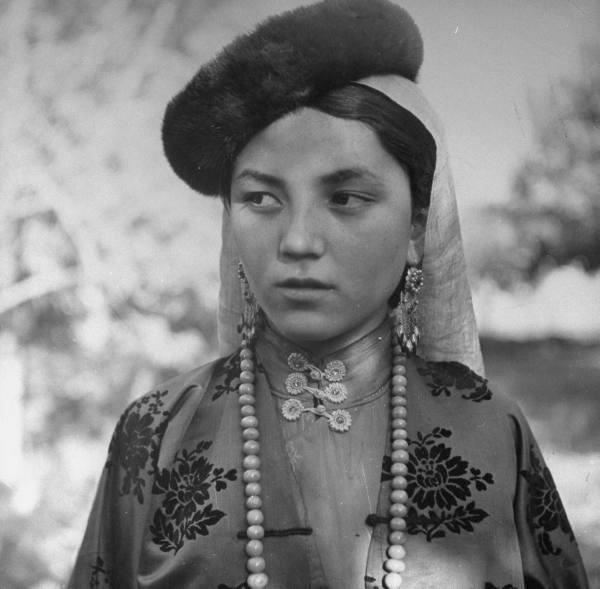
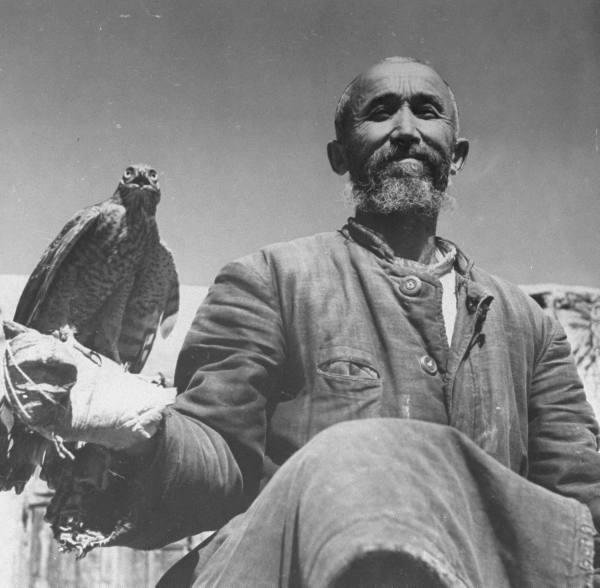
However, if the Qashqarliq comes to a foregn country then the style of his identifying himself changes. For instance, he identifies himself to an American in New York as ‟East Turkistanis” or ‟Uyghur-Turk” or ‟Muslim,” in order to give more complete information about his identity. In other words, further, they go from his birthplace or from his country the broader identification they give, and vise-versa. However, one reason they did so is that many of the nationalists and intellectuals who were concerned with issues of identity and with propagating such labels preferred the broader ethnonym “Türk” rather than the specific names like Uyghur, Qazaq or Qirghiz.
Even today, some of the people who identify themselves as “Uyghur” prefer the name “Türk” as their national identity, and they prefer the name “Shärqi Türkistan” (East Türkistan) rather than “Uyghuristan”, as the proper name of their homeland, despite the fact that all other Türkic peoples, except the Türks in Turkey identify themselves with the name of the Türkic tribe which they belong to, and call their newly independent states according to the name of their own ethnonym such as Uzbekistan, Qirghizistan, Qazakistan, and Türkmenistan.

At the beginning of twentieth century, the name “Uyghur” was begun to reappear, and it was applied to the whole of the population of East Türkistan and the Junghar Basin, first by the Soviets in the 1920’s and then by local Uyghur and Chinese intellectuals under Soviet influence in the 1930s. After the Chinese Communists incorporated Eastern Türkestan as Xinjiang in 1949, the identification of the majority of this region as “Uyghur” became an important component of their nationality policy. Chinese historians since that time have attached to today’s “Uyghur” population the historical and cultural heritage of the medieval Uyghurs who migrated to this region in the 840s. In keeping with this policy, the region was renamed the Xinjiang-Uyghur Autonomous Region in 1955.
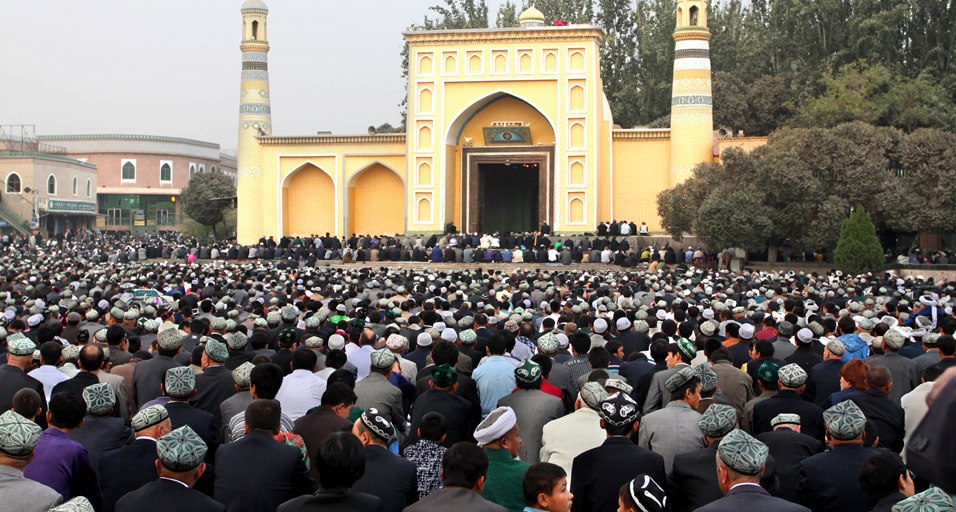
Despite the acknowledgment of the presence of a Uyghur culture in this region since the middle of the 9th century, it has been the frequently stated policy of the Chinese Communist government that the culture and territory of Xinjiang always has belonged to China, though only the military superiority of the Chinese Communist Party forces, with the agreement of the USSR, made it possible for the People’s Republic of China to assume control in Xinjiang in 1949. Since 1949, the claim that Uyghur culture essentially is Chinese has been advanced by most Chinese officials and intellectuals. But, many Uyghur historians and intellectuals, such as Turghun Almas firmly continue to resist Chinese attempts to claim Uyghur history and culture as their own. In recent years, several of Almas’s works have appeared that redress what they regard as distortions of their history and identity.

The culture and civilization of East Türkistanis are entirely different from that of the Chinese. Should we take these examples as the base for the unity of civilization and culture, then East Turkistan would be nearer to the culture and civilization of West Turkistan, Turkey, Iran, Afghanistan, Arabian and even to the Indian nations than to China. Because these nations, in addition to sharing the same religion with East Turkistan, physical future, manner of living, marriage and burial customs, and general moral outlook, have almost identical characteristics.
